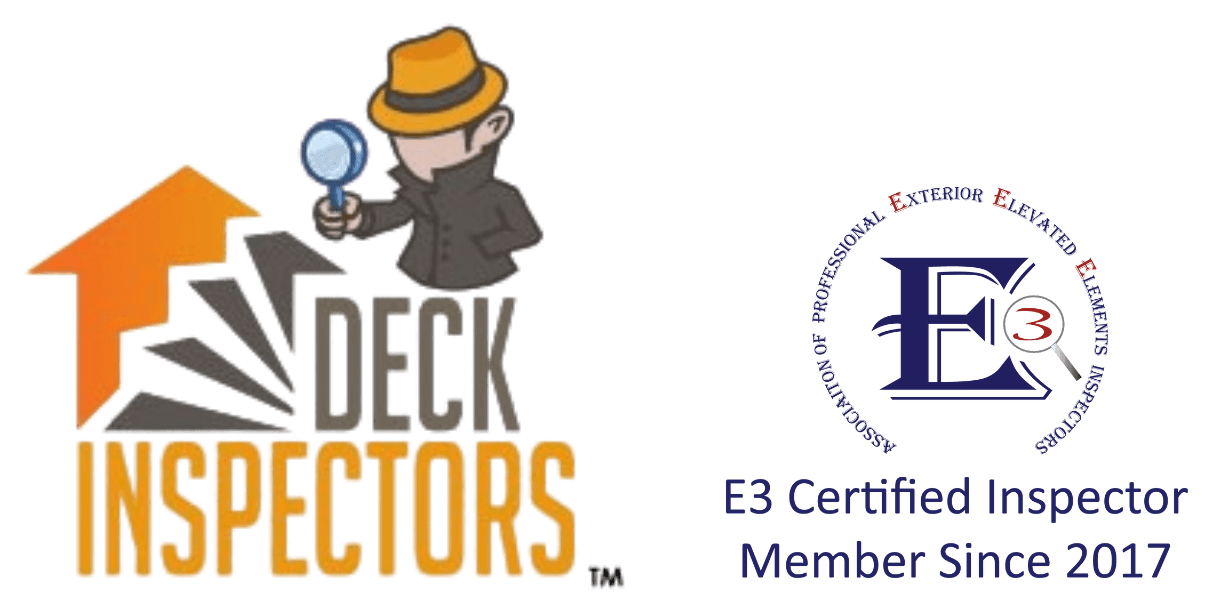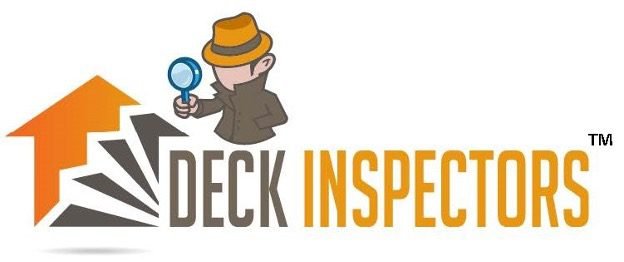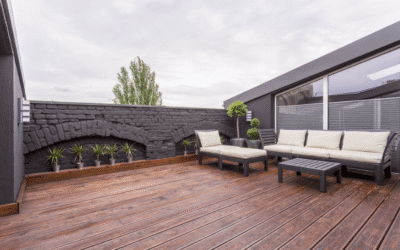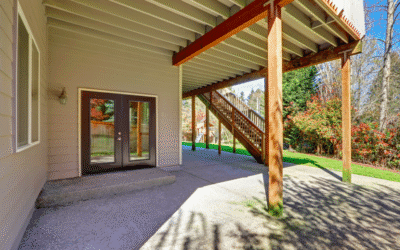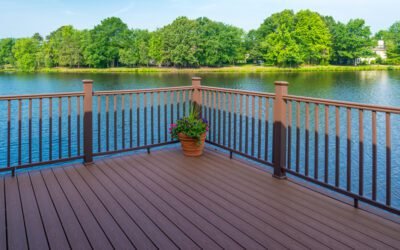This guide will walk you through a step-by-step process to inspect your deck for common safety issues while highlighting how SB 326 inspections apply to multifamily properties.
Regular deck inspections are essential for ensuring structural integrity and safety—especially in compliance with California’s SB 326 balcony and deck inspection law. Whether you’re a homeowner in or a property manager overseeing multi-unit residences, routine inspections help identify hazards early, prevent costly repairs, and protect residents from dangerous structural failures.
SB 326 Step 1: Examine the Deck’s Structural Components
The first step in a thorough deck inspection in is to assess key structural elements such as posts, beams, joists, and the ledger board.
What to check:
Wood rot, cracks, or warping that can weaken load-bearing capacity
Loose or deteriorating ledger boards, which secure the deck to the building
Signs of insect damage or corrosion on metal connectors
Under SB 326 regulations, licensed professionals must inspect these elements for multi-unit residential properties to ensure they are secure and meet California safety standards.
Step 2: Inspect Fasteners, Railings, and Connections
Fasteners (screws, bolts, nails) hold your deck together, while railings and balusters ensure safety for residents. Over time, these components can corrode, loosen, or weaken.
What to check:
Rusted or missing screws and bolts
Loose or wobbly railings posing fall hazards
Balusters spaced improperly or showing movement
For multifamily decks in , SB 326 inspections require these elements to be secure and code-compliant to protect residents from falls and injuries.
Step 3: Assess the Deck’s Surface and Support System
Next, inspect the decking boards and support system for signs of deterioration:
What to check:
Splintered, sagging, or warped deck boards
Mold, mildew, or water damage indicating poor drainage
Support posts for signs of shifting, leaning, or sinking footings
In regions like , where weather and soil conditions can impact foundations, checking footings for erosion or soil displacement is crucial.
Step 4: Evaluate Drainage and Waterproofing
Proper drainage is vital to prevent water-related structural damage:
What to check:
Standing water or pooling on the deck surface
Clogged gutters or downspouts causing water runoff near deck posts
Missing or deteriorated waterproof sealant
Applying a high-quality waterproof coating protects against rain, humidity, and coastal weather conditions, which is especially important for decks in .
SB 326 Compliance: Professional Deck Inspections in
For multi-unit residential properties, California’s SB 326 law requires professional inspections by licensed architects or structural engineers every nine years. These inspections ensure decks, balconies, and other Exterior Elevated Elements (EEEs) are structurally sound and safe for residents.
Even if you own a single-family home in , scheduling annual deck inspections with a qualified professional can prevent accidents and extend your deck’s lifespan.
Why Deck Inspections in Are Essential
Ensure structural integrity and avoid costly emergency repairs
Comply with SB 326 laws for multifamily properties
Protect property value and attract buyers or tenants
Prevent accidents and liability risks
Schedule Your Professional Deck Inspection in Today!!
Don’t wait for hidden damage to become a major safety hazard. Whether you need a routine deck inspection or a SB 326 compliance inspection for multifamily housing, our licensed experts at Deck Inspectors are here to help.
Contact us today 888-224-0489 | 310-890-3641 to discuss your failed SB 721 inspection in and schedule the necessary repairs and follow-up inspections!
Read More Blog
SB 721 Deck Inspection Failed? Step-by-Step Guide to Regain Compliance
A failed SB 721 inspection doesn’t mean your building is unfit; it simply signals that repairs are necessary to restore safety and meet state compliance standards. If your multifamily property in has failed an SB 721 inspection, don’t panic—but take...
The Importance of SB 326 Inspections: Protecting Your Condominium Community
Ensure compliance with SB 326. Schedule balcony and deck inspections by licensed experts to protect residents, prevent costly repairs, and maintain safety.! In recent years, concerns about the safety of balconies, decks, and exterior walkways in multi-unit buildings...
Why Property Owners Can’t Ignore Exterior Elevated Elements Inspections
Secure ’s Future with Exterior Elevated Elements Inspections—Choose Deck Inspectors! At Deck Inspectors, we’re here to transform your property from risky to reliable with our expert services. Let’s dive into why these inspections matter and how they can...
